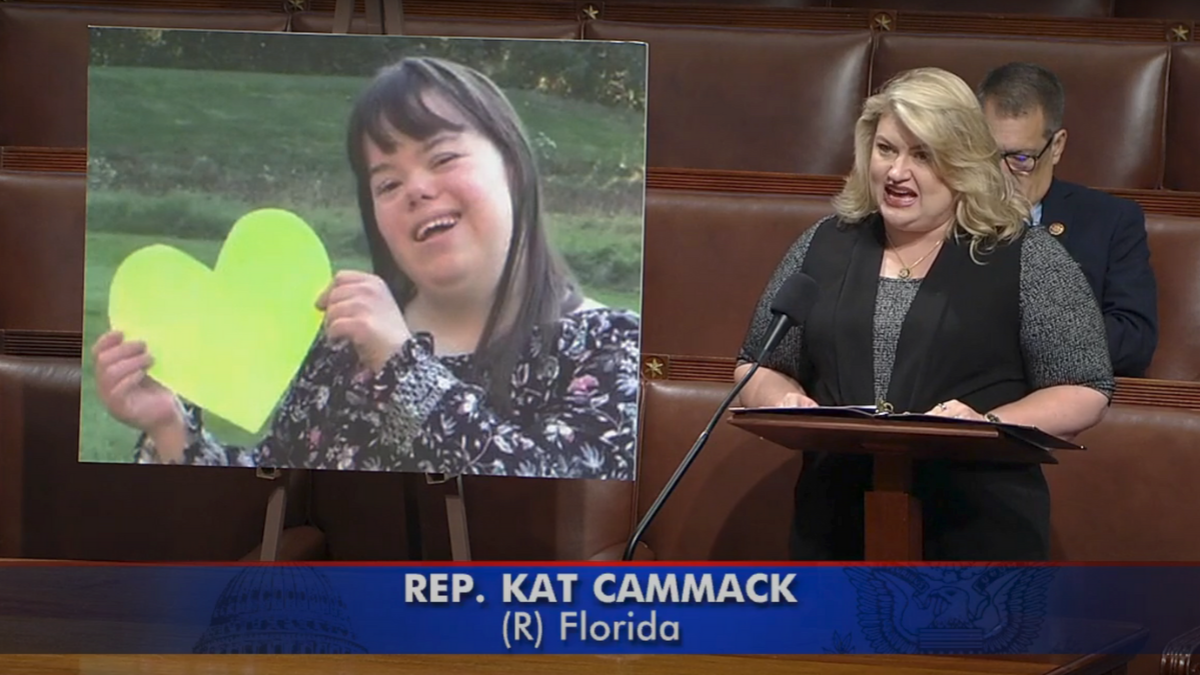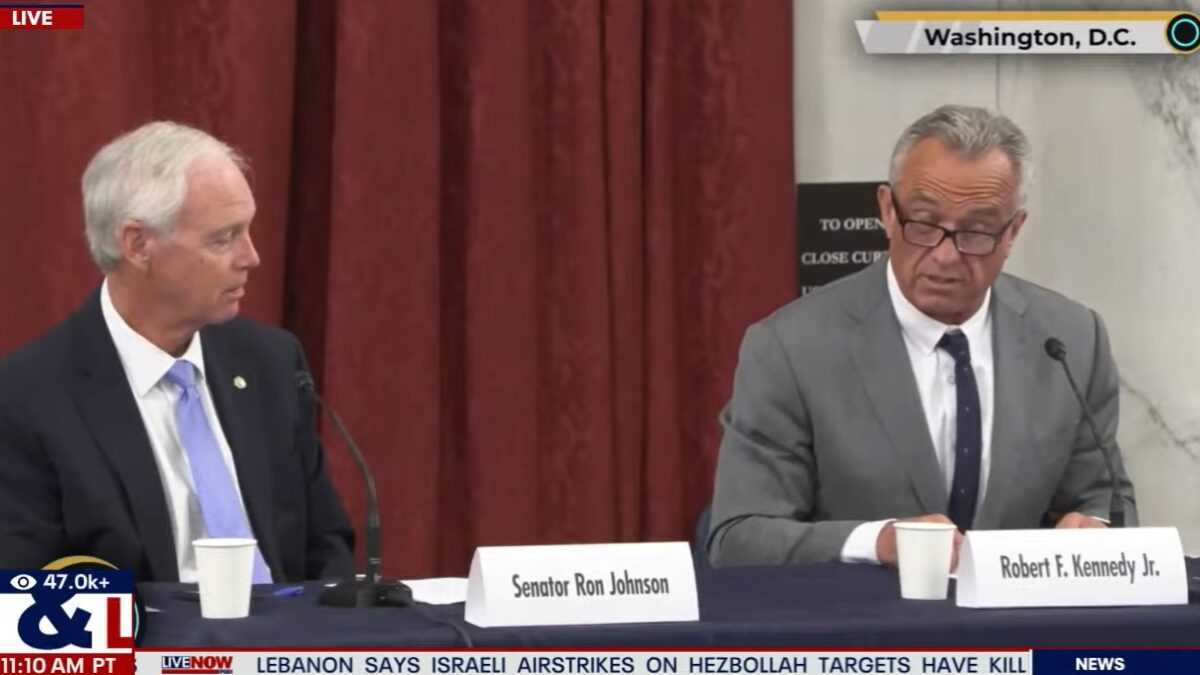
Everyone wants to live the American dream. But many of us also fear the American nightmare: An expensive medical problem that wipes out our financial security. Maybe it’s a trip to the emergency room, or a chronic illness that requires expensive prescription medicine.
That shouldn’t destroy our lives. But to prevent this, we need good public policy, not kneejerk ones that substitute government price-fixing for market-based reforms.
A few years ago, Washington went in the wrong direction with Obamacare. Now it wants to double down with two proposals that will repeat many of the same mistakes from the past administration’s signature health law.
The first one from House Speaker Nancy Pelosi, released last week, would actually allow the federal government to set drug prices, which could lead to eliminating important treatments. The process would begin with creating an international price index, based on the price of a drug in six other countries. That price would effectively serve as a cap, then the “negotiation” between drug providers and the feds would begin.
But what’s to “negotiate?” The top price is already set. The rest would be the federal government using its power to demand lower prices, as the government already tried to do with some drugs in Obamacare.
If the drug manufacturer refused to go along with the sham, the feds could assess an excise tax equal to 75 percent of annual gross sales of the drug the preceding year. This price-fixing plan would leave manufacturers no reason to conduct expensive R&D to develop new drugs.
Instead, lawmakers could try to work out better trade deals to allow re-importation of drugs. They could also revisit a drug rebate that the Trump administration mentioned earlier this year. That rule would cut out the pharmacy benefit managers and provide rebates directly to consumers. Either option is better than price-fixing.
The second proposal is the “Lower Health Care Costs Act” sponsored by Tennessee Republican Sen. Lamar Alexander. It would order all health-care providers to set a “median in-network rate” for services. That rate would be based on the government’s Medicare rate. The goal is to lower the cost of health care. But setting prices based on what the government is willing to pay won’t accomplish that, as we also found out under Obamacare.
Alexander’s bill would benefit big insurance companies instead of patients. The rates it sets in its first year would become a ceiling. Insurance companies would then squeeze hospitals to lower rates, allowing the companies to profit.
Further, the rate the federal government would set would already be too low. Consider that it’s already underpaying hospitals though Medicare and Medicaid: In 2017, the two programs underpaid the nation’s hospitals by some $77 billion, according to a report from the American Hospital Association.
As medical analyst Sally Pipes notes, “If Medicaid is paying doctors and hospitals less than they need to cover their costs, then someone else has to pay more for those providers to stay in business.” That someone is likely to be patients, the very people this bill was supposed to help. Recall that Obamacare promised you could keep your doctor. Well, not if your doctor retires.
A better approach would use arbitration to reduce prices. If a hospital hits a patient with a big out-of-network bill, arbitration would allow insurance companies to respond. The way the program works in New York state makes sense: Each side submits what it believes to be a fair price to an independent arbitrator, who selects one option. Congress could roll out a similar program nationwide.
American consumers deserve fair prices for our excellent health care. But lawmakers won’t deliver those prices by trying to control the market, a method that was tried by Obamacare and failed completely. Instead, they need to find ways to reduce regulation and allow the market’s pricing power to work for everyone.









